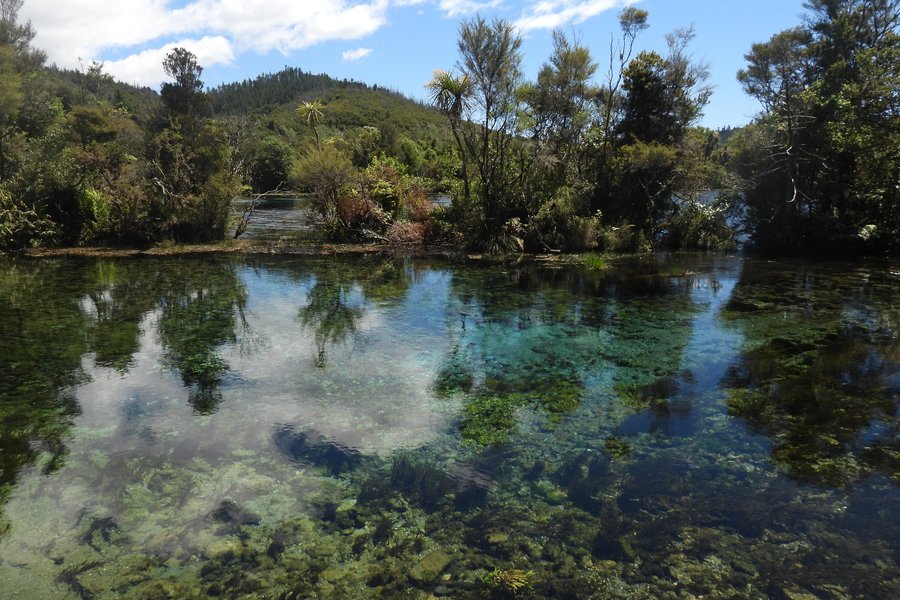New Zealand
Kahurangi National Park, Farewell Spit and Canaan
Kahurangi National Park, Farewell Spit, and Canaan karst system comprise a conservation area on the northwest corner of the South Island of New Zealand.
Kahurangi National Park comprises a diverse range of ecosystems, from alpine screes and bogs to subalpine grasslands, montane forests, and coastal rainforests, and supports a high degree of endemism in its flora and fauna, including the giant land snail. Farewell Spit is a 30km long intertidal sandflat on the northern edge of Golden Bay, and is an outstanding habitat for shore birds. The proposed area also comprises Te Waikoropupū Springs.
Site Info
Official Information
- Full Name
- Kahurangi National Park, Farewell Spit and Canaan karst system (ID: 5122)
- Country
- New Zealand
- Status
-
On tentative list 2007
Site history
History of Kahurangi National Park, Farewell Spit and Canaan
- 2007: Added to Tentative List
- Added to tentative list
- Type
- Natural
- Criteria
Links
- UNESCO
- whc.unesco.org
All Links
UNESCO.org
- whc.unesco.org — whc.unesco.org
Community Information
- Community Category
- Wildlife habitat: Fauna
- Natural landscape: Karst landscapes and caves
- Natural landscape: Marine and Coastal
Travel Information
Recent Connections
News
No news.
Recent Visitors
Visitors of Kahurangi National Park, Farewell Spit and Canaan
Community Reviews
Show full reviews
On my initial preparations for my New Zealand trip, I discarded the Kahurangi National Park TWHS early on as being “too difficult and too far away”. What made it on my itinerary was a short detour to the Te Waikoropupū Springs (a.k.a. Pupu Springs), located about an hour northwest of Abel Tasman National Park. The day before visiting, I suddenly found out, however, that these Springs are actually mentioned in Kahurangi’s TWHS description. And that they were meant to be a part of a future nomination is confirmed by this case study.
Above, I wrote “an hour northwest of Abel Tasman NP” – but there’s a nasty mountain pass in between the two. It twists and turns, and on both ways I had to stop for 20 minutes as they closed the road for repairs. Despite the effort to get to the Pupu Springs, they are a popular sight. There were at least 20 cars/campers present in the parking lot when I arrived. Statistics come up with some 50,000 visitors yearly.
These Springs are special because they are the largest cold-water springs in the Southern Hemisphere, and also due to their exceptionally high water quality. It is also a sacred place for the Maori. One visits via a boardwalk trail of one km, which passes several very clear springs and from where you can watch the water flowing by rapidly. The water comes from underneath the region’s karst formations, where rainwater is held for up to 10 years before …
Keep reading 0 comments
